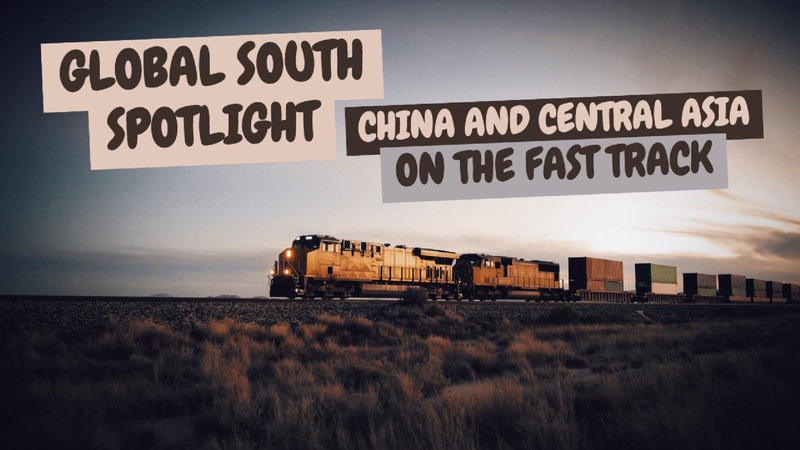From Silk Road to Steel Tracks
Historic Silk Road routes that once carried silk and spices are now pulsating with the hum of freight trains. As ancient paths meet modern engineering, new rail corridors are forging deeper ties between China and Central Asia.
Trade on the Rise
In 2024, trade between China and Central Asia surged to $94.8 billion. More than just numbers, this boom reflects a strategic shift toward the Global South as a powerhouse of economic growth.
Key Projects Powering Connections
- China-Kyrgyzstan-Uzbekistan Railway: A planned link promising smoother freight flow across borders.
- Xi'an to Almaty Passenger Route: A 57-hour journey spanning 5,000+ kilometers, opening new horizons for travelers and businesses alike.
Beyond Logistics: Shaping the Future
These corridors are more than steel and ties—they’re catalysts for regional cooperation. Entrepreneurs are tapping into faster delivery times, while digital nomads and travelers find fresh routes to explore. As Central Asia’s urban hubs grow, new markets are emerging for tech startups, renewable energy projects, and sustainable tourism.
Looking Ahead
With plans for more rail lines and multimodal transport hubs, the Eurasian landscape is transforming. Data-driven innovation, like real-time cargo tracking and green technologies, will ensure these routes remain resilient and eco-friendly. For young global citizens, this story is a reminder that collaboration across borders can rewrite the rules of trade—and shape a more interconnected, inclusive world.
Reference(s):
Global South Spotlight: China and Central Asia on the fast track
cgtn.com

